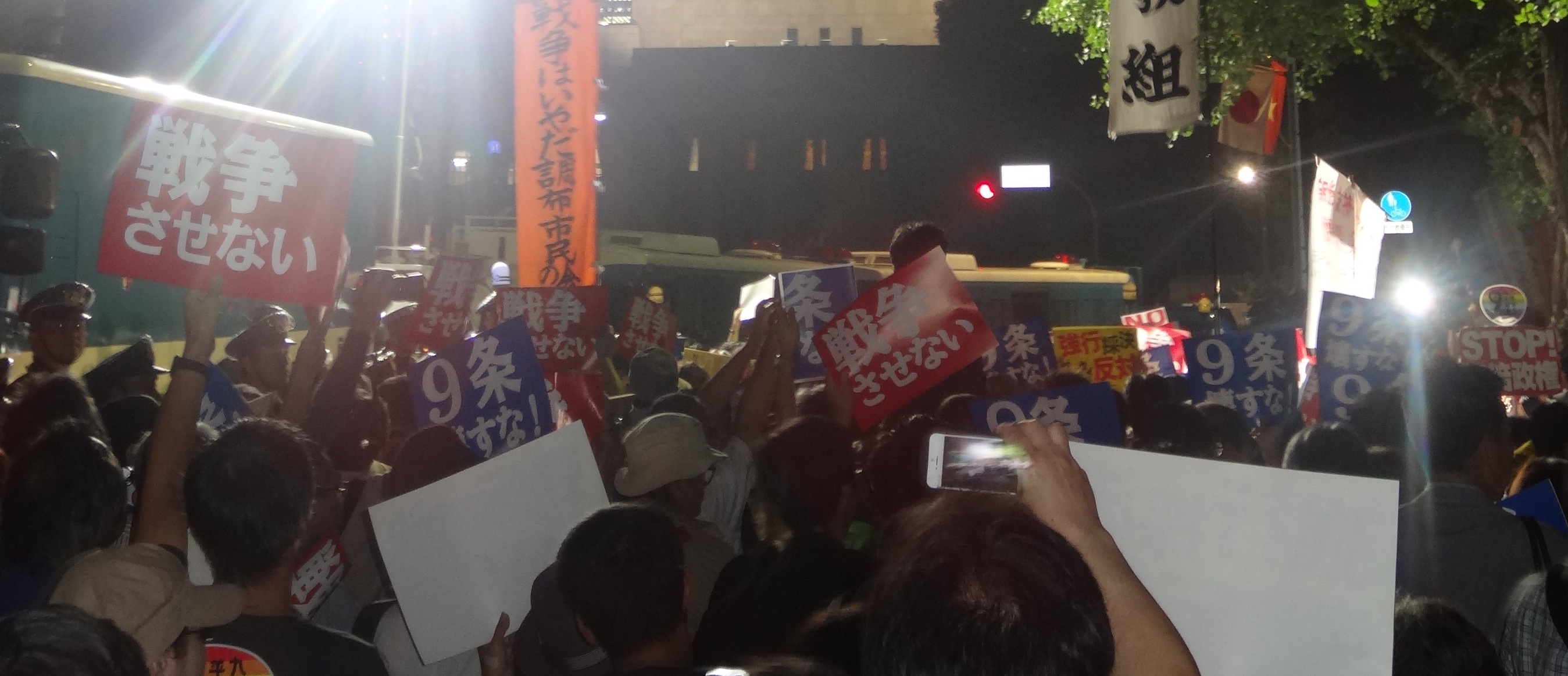Yuriko Koike is a whirlwind in Japanese politics. She defies established procedures, subverts expectations, and most of all, captivates voters with her sheer determination. It’s no surprise that these qualities make for entertaining political theatre, and the public have taken to the spectacle; from the newspapers to Twitter, Koike has dominated attention. Nevertheless, the Party of Hope seems to already be floundering. The LDP’s leadership of Japan is not up for grabs, with opposition victory seeming statistically impossible. Koike, once a whirlwind, now seems to face little short of an electoral failure.
Is this actually a fair analysis? It is clear that Koike hoped to have more time to build up her party, but instead decided to prematurely set her plans in motion by infusing her party with Democratic Party candidates and money. At the same time, her standards excluded the entirety of the DP’s liberal membership, leaving her with fewer candidates than necessary to win a majority. It also quickly became clear that she could not abandon her own position as Tokyo Governor without facing a voter backlash, leaving her unable to become Prime Minister even if her party did win. Perhaps Koike hoped for a miracle—some alignment of the stars—but if her expectations were at all realistic, then outright electoral victory does not appear to be the strategy she was betting on.
The liberal alliance was frail, but allowed disenfranchised groups to exert influence on opposition politics
It is instead worth looking at what she could modestly achieve. The DP, along with the Japanese Communist Party and several smaller parties, formed a liberal, Abe-opposed opposition that worked directly with various civic organisations, including the Shimin Rengo (市民連合), to organise demonstrations and voice discontent with the Abe administration’s ramrodding of controversial bills through the Diet. This alliance was frail, but it was valuable in allowing disenfranchised voices to exert influence on the opposition parties to adopt popular policies. By disconnecting the DP from this opposition force, Koike was arguably opening a path to a powerful victory in terms of her policy preferences; establishing a right-wing opposition to an already right-wing government. While her party would have little influence on political decisions, electoral success for the Hope Party would see Japan’s entire political consensus shift in her preferred direction.
This would, however, come at a great cost. The strength of the opposition party alliance lay in how close it was to the civic organisations that supported it. This not only served a campaigning function for the parties, but also gave the general public new avenues for political participation. A recent Kyodo News Trend Poll showed that only 31.9 percent of respondents felt there was a party they could support. The opposition’s existing alliances and alignments did not radically solve this issue, but the way in which they were rendered obsolete in a single fell swoop shows how precarious alternatives to the conservative LDP have always been in Japanese politics.
The grassroots influence of civic organisations has made the CDP a possibility
The actual course of events has been different and unexpected. Koike’s refusal to accept liberally minded DP candidates, and Maehara’s divvying up of the DP funds among its former members, allowed Yukio Edano and other former DP lawmakers to found a new party. The Constitutional Democratic Party of Japan, released from its more conservative elements, could continue its partnership with the JCP, and further build their strategy alongside the civic organisations. In recent speeches and demonstrations, held alongside young, energised speakers, Edano has stressed the role of bottom-up democracy – and this is the context in which the CDP has to be understood. While media has largely reported on this as if it were a mostly contingent event, it would be unwise to ignore the grassroots influence of civic organisations in making the CDP a possibility. Without the continued efforts of these organisations, this election could have had a wholly different character.
As things progress it appears that the CDPJ is already off to a good start. Alongside a record-breaking number of follows on Twitter, they are also gaining in the polls. According to a recent Asahi poll focused on independent voters, of the 41 percent of respondents who do not support the current administration, 27 percent answered they will vote CPDJ for the proportional seats, higher than both the Party of Hope and the LDP. Yet according to the same poll, the LDP is scoring unexpectedly highly among young people between 18 and 29, signalling that the CDPJ has not yet broken out as a viable alternative. Considering the confusion of the past weeks, this should not come as a surprise.
In a political landscape where the conservative establishment is intent on imposing the political conversation from above, any alternative that will appeal to the Japanese public must involve a more bottom-up culture. The opposition’s halting efforts at establishing such a project very nearly became collateral damage in Hope’s strategy. However, as a result of that very strategy, a newly transformed liberal opposition has appeared. Only time will tell if this new incarnation is sturdy enough to face further shocks and continue to tackle the Japanese public’s disenfranchisement head-on.
Explore more of our Election 2017 coverage:
[posts-by-tag tags=”election 2017″ number = “5”]
Romeo Marcantuoni is a PhD student at the Graduate School of Asia-Pacific Studies at Waseda University. He earned his MA and BA in Japanese Studies at KU Leuven, Belgium. His research centers on Japan's progressive parties.





















